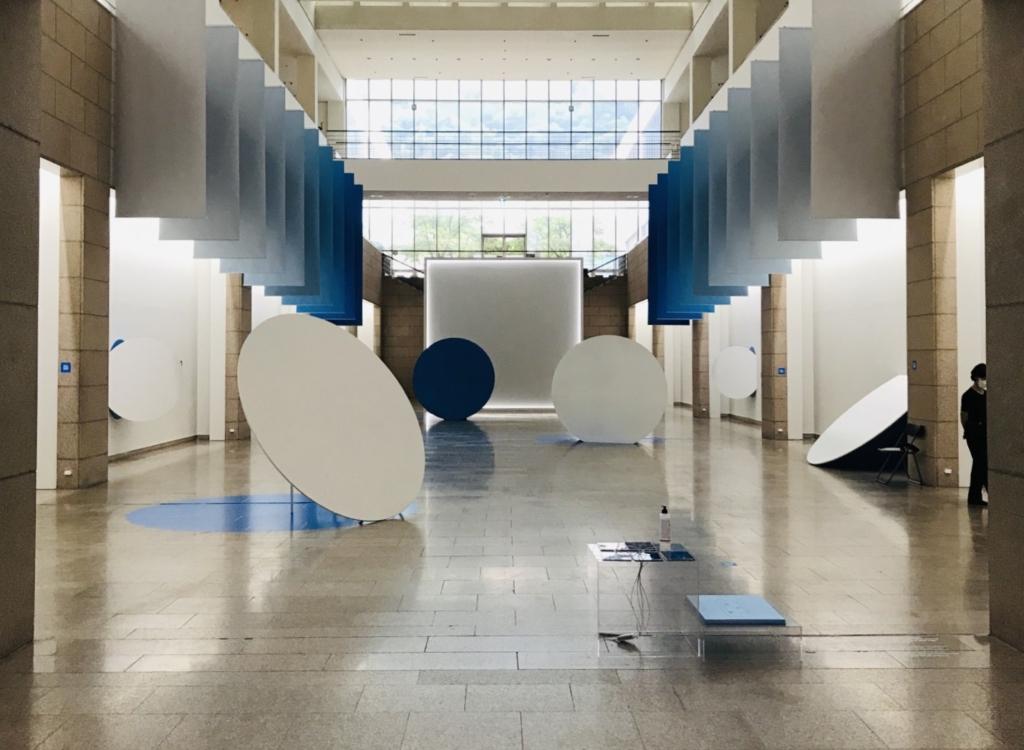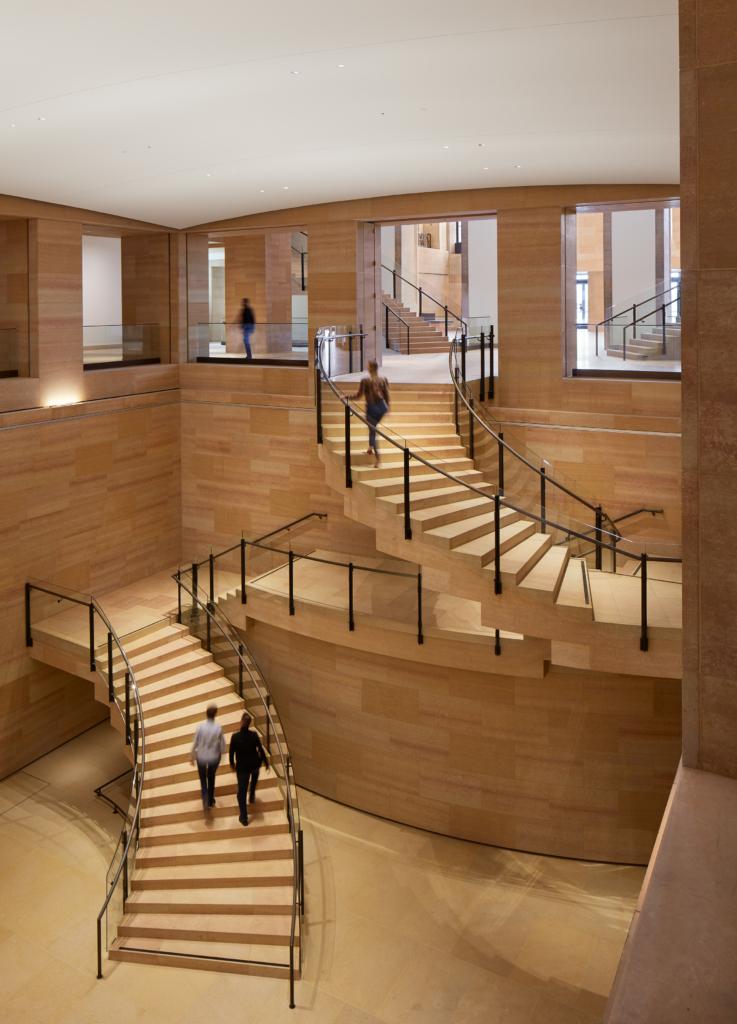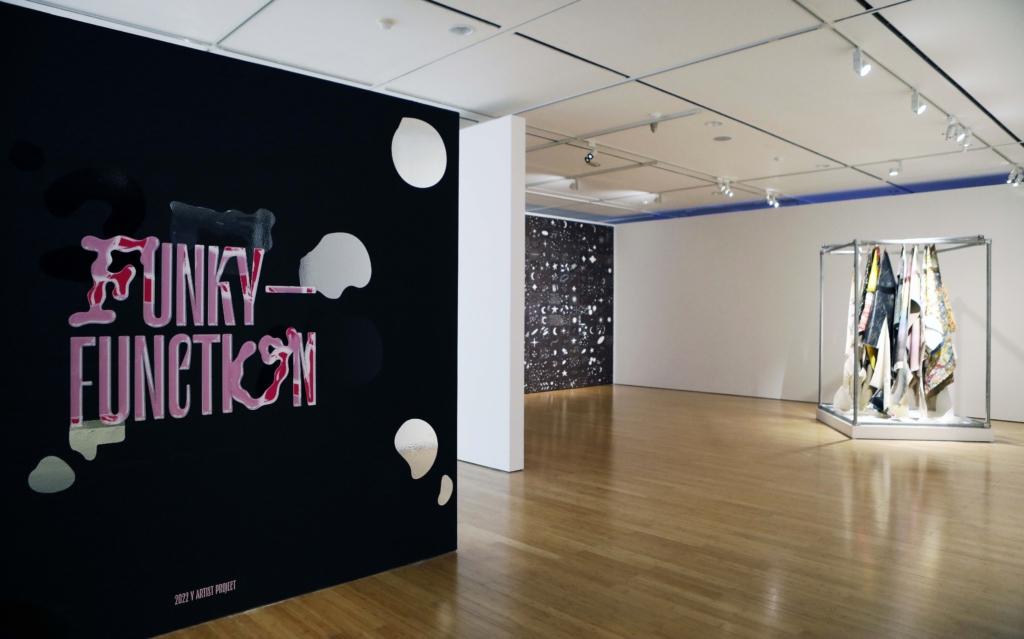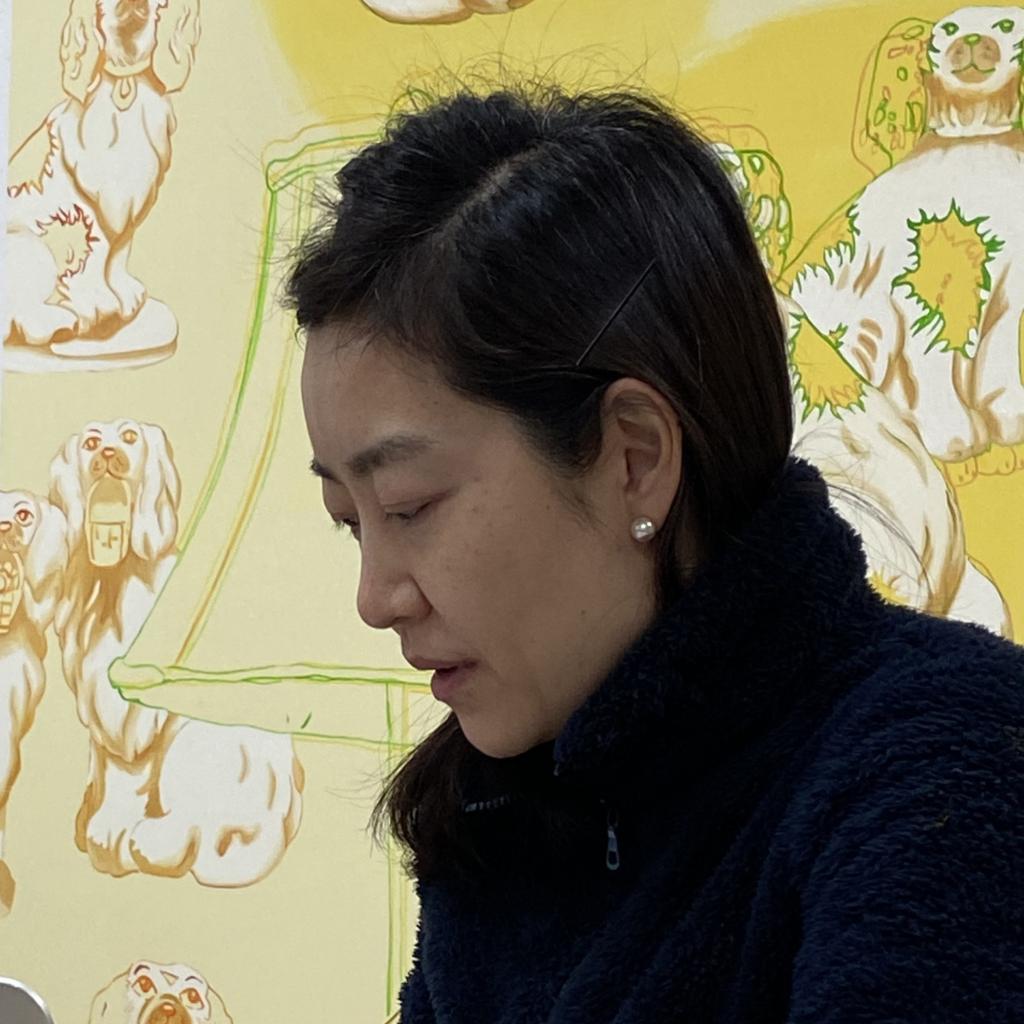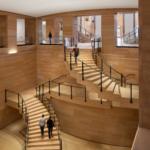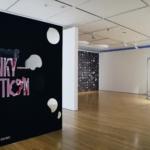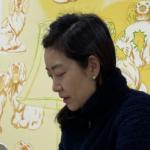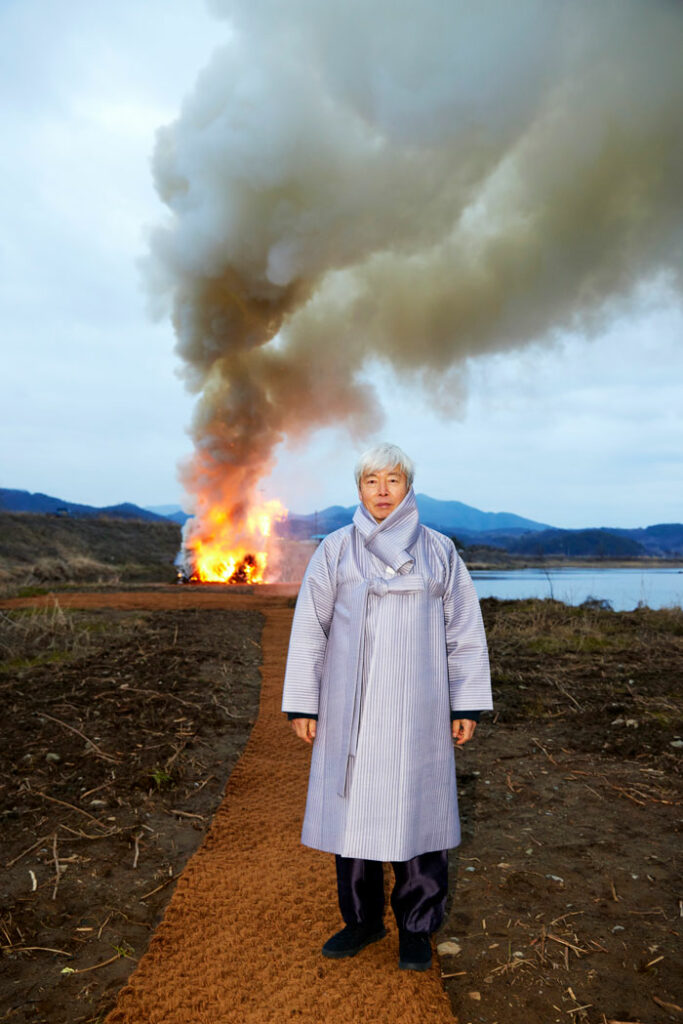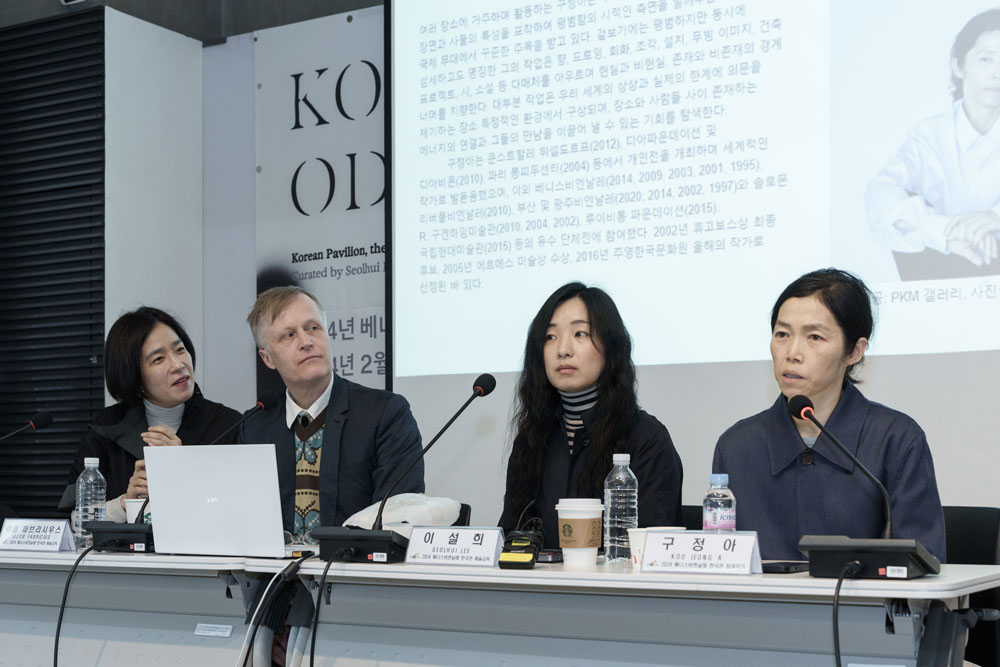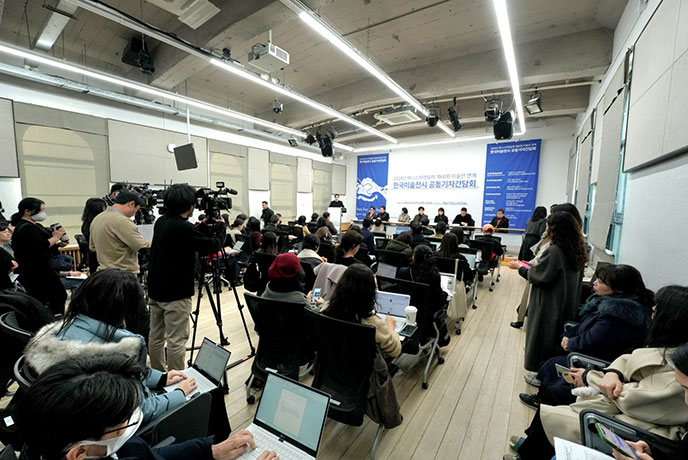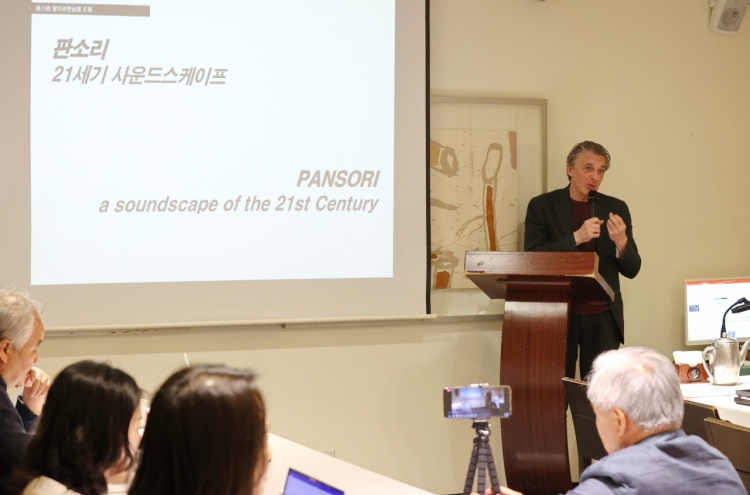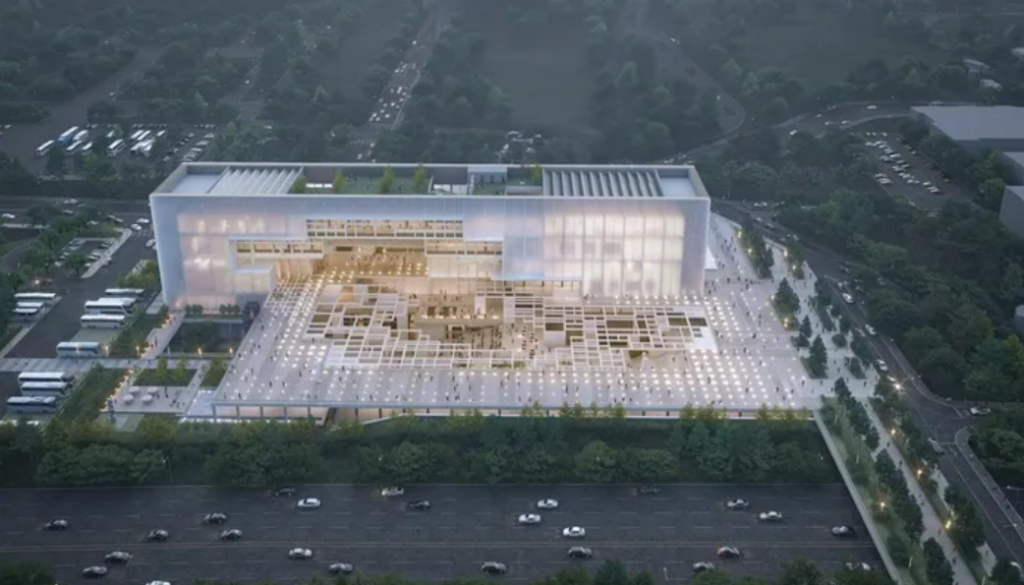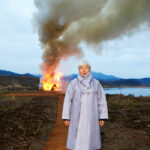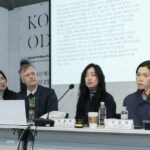From Inception to the Present: The Seoul Mediacity Biennale and Its 12th Edition
The Seoul Mediacity Biennale was first held in 2000 in line with various changes in South Korea. The 12th edition, THIS TOO, IS A MAP, scheduled to be held from September 21 to November 19, 2023, announced the identity and the initial artist list.
The Seoul Mediacity Biennale was first held in 2000 in line with various changes in South Korea.
Until the early 2000s, many Koreans used the expression “IT powerhouse” to refer to their country (even though it was more accurate to say that South Korea is a country with a powerful digital infrastructure). The term has become unpopular nowadays, but it reflects the country’s expectations for the new millennium in the midst of technological advancement and a high internet penetration rate.
As political democratization progressed in the mid-1990s and local governments were fully implemented in South Korea, many local public art museums and biennales were established. And as the year 2000 approached, the world carried out the “Millennium Project,” and South Korea also implemented projects such as the “BK21 Project” to actively nurture talents in the fields of science and technology and knowledge-based industries in the 21st century.
Also, around the 2000s, the rapid spread of new technology affected the forms of expression, visual characteristics, artistic themes, and cultural concerns in art.
The Seoul Mediacity Biennale, which started under the name “Media_City Seoul,” was influenced by the Seoul in Media exhibition series, which was held three times between 1996 and 1998. Seoul in Media, highly acclaimed for its innovative strategies in exhibition-making, was an event aiming to promote Seoul as an international cultural hub through media art with the theme of Seoul and media. The exhibition examined the relationship between the urban environment of Seoul, which has achieved modernization and urbanization at an unprecedented speed, and media culture.
The early editions of Media_City Seoul operated as an initial private consignment project that portrayed Seoul as a new digital place where science, technology, industry, and art meet to form a 21st-century futuristic high-tech city. In 2014, it was renamed the “Seoul Mediacity Biennale” and taken over by the Seoul Museum of Art (SeMA), becoming the biennale we know today.
The Seoul Mediacity Biennale is now an international media art biennale that integrates new technologies and contemporary trans-disciplinary art and responds to SeMA’s vision as a museum that pursues regional and global values, tradition and modernity, and orthodoxy and alternatives.
The identity, initial artist list, dates, and new team members for the 12th edition of the Seoul Mediacity Biennale have been announced. Entitled THIS TOO, IS A MAP, the Biennale will be open to the public at the Seoul Museum of Art and throughout the city of Seoul from September 21 to November 19, 2023.
For the first time in its 25-year history, the artistic director for the 2023 edition was selected through an international open call process that invited 32 candidates. US curator Rachael Rakes, who served as the curator for public practice at BAK in the Dutch city of Utrecht from 2019 to 2022, is the artistic director of the 12th edition. Out of 32 proposals, Rakes’s proposal was found to have a high understanding of the role of the Seoul Mediacity Biennale and the locality of the event.
According to the Biennale’s press release, this year’s edition will be developed to imagine the global aesthetics of the non-territorial, from physical and cultural displacements and replacements to “unseen” infrastructures and media and co-situated solidarities. The project focuses on alternative concepts of mediating and relating through diasporas and social ecologies that exist beyond borders. This refers to the global relations that take place within Seoul and its industrial surroundings, as well as the positions and references of those willingly and unwillingly displaced, often multiple times, within or outside of the city and state.
The purpose of the Biennale is to consider how networks operate in a world where there is frequently no going “back” and in a dynamic in which so much of what controls daily life happens outside of territorialization. To this end, it examines systems imposed on or created outside of national borders, including transnational solidarities, “underground” commitments, the coded mapping of data and infrastructure, as well as artistic and political communication.
The initial list of participants includes 20 artists, and the remaining artists will be announced in May. The project opposes the sense of rational clarity ostensibly provided by the cartographic map and looks to the necessity of abstractions and hidden and deliberately obscured language.
The initial list of participants includes: Agustina Woodgate, Animali Domestici, Anna Maria Maiolino, Bo Wang, Chan Sook Choi, Femke Herregraven, Francois Knoetze, Fyerool Darma, Guido Yannitto, ikkibawiKrrr, Jaye Rhee, Jesse Chun, Kent Chan, Mercedes Azpilicueta, Sanou Oumar, Sasha Litvintseva & Beny Wagner, Shen Xin, Torkwase Dyson, and Ximena Garrido-Lecca.
Alongside Artistic Director Rachael Rakes, the SMB 12 team includes Associate Curator Sofía Dourron, Biennale Project Director Kwon Jin of SeMA, Assistant Curators Hanul Cho, Lee Hyewon, Miji Lee, Moon-seok Yi, Sinae Park, and coordinators Jiyoung Song and Jooyoung Oh
Aproject Company. Co., Ltd | Founder & CEO : Jay Jongho Kim
216 Dosan-Daero, B2F, Gangnam-gu, 06047 Seoul, Korea
Business Number : 894-88-01945
Contact : aproject.company@gmail.com
Mail-order-sales registration number : 제 2021-서울강남-04243 호
























